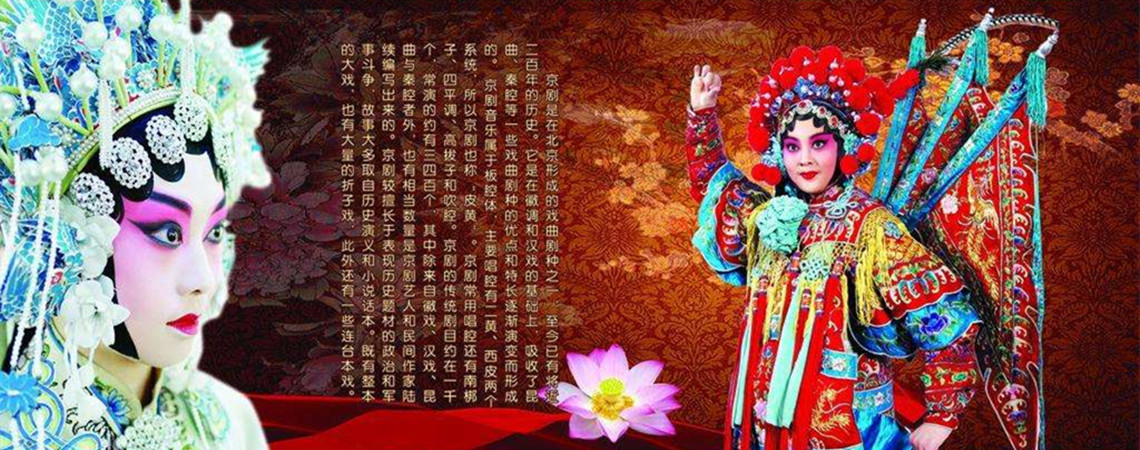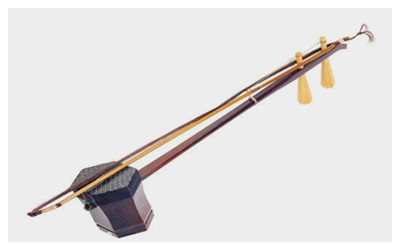Skype: neodalle-travel
Tel: +86 135 7447 2266
E-mail: sales@visitaroundchina.com

 Erhu (二胡) with a history of more than 2,000 years is one of the main bowed instruments. It consists of a head, axis, rod, qianjin, qinma, sound box, strings and bow. The timbre of Erhu takes on strong ethnic flavor. It is suitable for playing soft and meticulous lyrical music.
Erhu (二胡) with a history of more than 2,000 years is one of the main bowed instruments. It consists of a head, axis, rod, qianjin, qinma, sound box, strings and bow. The timbre of Erhu takes on strong ethnic flavor. It is suitable for playing soft and meticulous lyrical music.When playing, the player usually stands the Erhu on his lap, and moves the bow across the vertical strings. The well-known music 'Two Springs Reflect the Moon' was created by the blind folk artist Liu Yanjun, also named A Bing by the people. Though he could not see anything of the world, he played his Erhu using his heart and imagination. This melody conjures up a poetic night scene under the moonlight and expresses the composer's desolation and hope.
 Ask Questions ?
Ask Questions ?